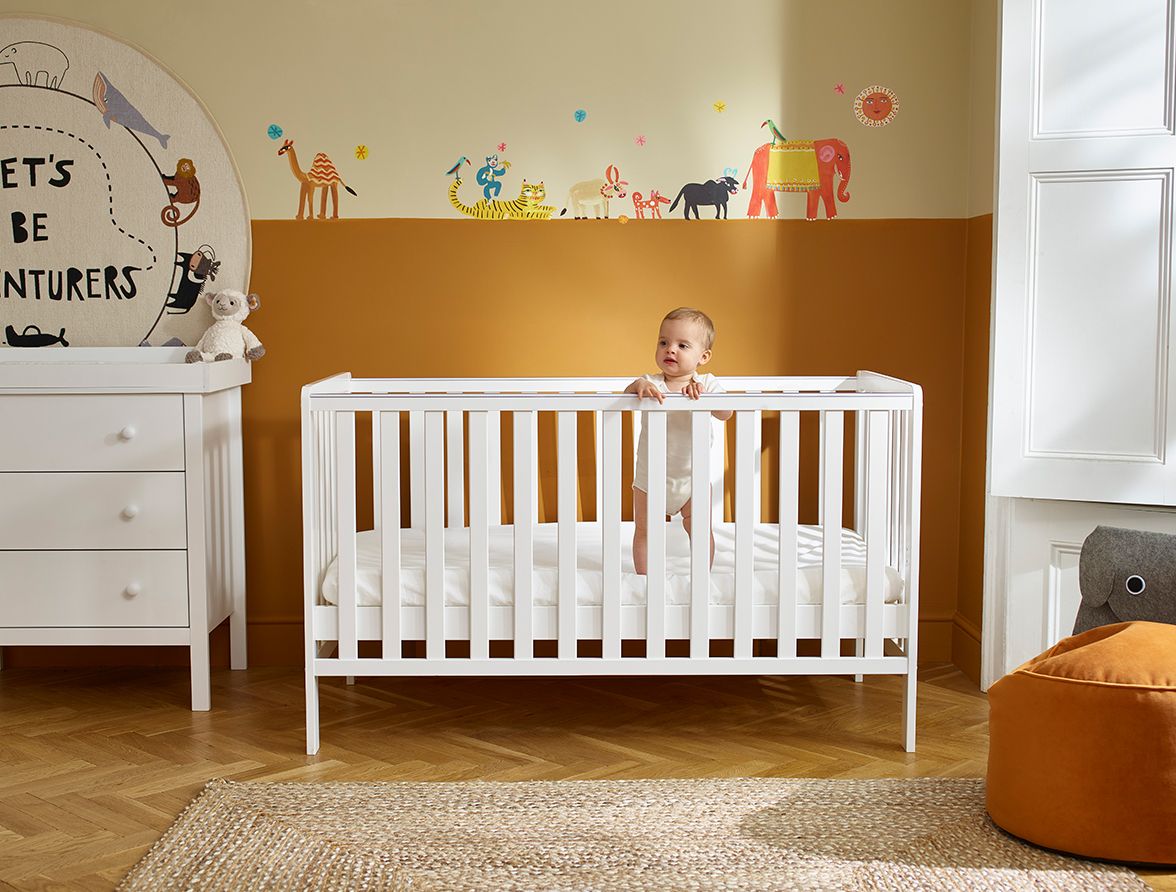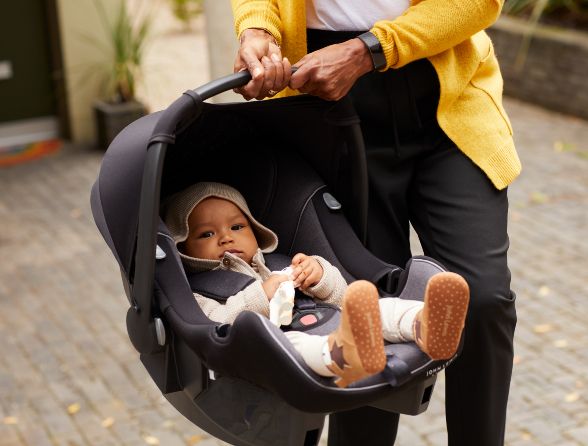How and when to tackle potty training
There’s no right or wrong age to potty train – it’s all about when your toddler is ready. These expert pointers will make it easier for you and your child
Whether you can’t wait to ditch the nappies or are really dreading the prospect, potty training is a rite of passage for every child. To give you and your little one a helping hand, we’ve asked some potty training experts for their top tips, including when to start, how to deal with regression and that final hurdle: night time potty training.
When to tackle potty training
The most important thing to remember when you start potty training is that every child is different and will be ready at a different time. Don’t be tempted to make comparisons. Most parents start between the ages of two and three but it could be earlier or later. Previously, signs a child was ready included that they were able to get on and off the potty unaided and they showed awareness that they had gone.
‘The emphasis was solely on the physical signs which explains why so many people got off to a good start only to have difficulties a few weeks or months later,’ says Claire Maguire, sleep consultant and potty training practitioner. ‘In recent years we have established that there are three stages of readiness: physical, cognitive and emotional.’
The cognitive signs to look for are telling a parent that a poo or a pee is coming (rather than that it has already arrived) and being able to understand and carry out instructions. Emotional signifiers, which develop last, include a social awareness of others and wanting to be more independent, for example telling you: ‘I can do that myself!’
Sarah Ockwell-Smith, parenting expert and author of The Gentle Potty Training Book, says there’s one, very simple, way to make potty training a whole lot easier: ‘Waiting until your child is ready – both physically and emotionally – ensures that potty training will be as easy and smooth as possible. If a child is genuinely ready to potty train – that is, they want to do it as well as you wanting them to – then you won't need to reward them, or bribe them to use the potty.’
My Carry Potty, Bee
£29.99
What you’ll need for potty training
If your child is ready to take the plunge, there are a few pieces of equipment it’s worth buying. The most obvious is a good potty. ‘One that sits evenly on the floor and doesn't wobble,’ advises Sarah. ‘Also a good toilet step and seat, that allows the child to have their feet flat on the floor, with their knees slightly higher than their hips. And lots of wipes.’
If you’re planning on going out and about, a small, portable travel potty is an essential. It’s also worth taking your little one on a special shopping trip so they can choose some underwear – preferably with a favourite TV character, colour or design. The theory is they may be more willing to keep it looking pristine. Potty training expert Sue Welby recommends you ‘always buy underwear one size bigger. Your little one will find them easier to push down and pull up and we want to encourage independence.’ In general, dress them in clothes that are fuss-free to remove – and easy to wash.
How to potty train
The best way to start potty training is to leave a potty around the house. Encourage them to sit on it and get comfortable and, if they’ve got older siblings, persuade them to demonstrate how to use it. Most children start with wees so, at regular intervals, or if you see them fidgeting like they’re ready to go, suggest they sit down on the potty and see what happens. It might help if you give them their favourite book or toy for entertainment. Obviously if they manage a piddle, heap on the praise, but, if they don’t, tell them that’s OK too.
Try to stay consistent and put them on the potty at the same times each day. It will probably take a while before they master what they need to do and the key is to always stay calm and relaxed whatever happens. ‘Try not to use the word “accident” as it’s a very emotive word,’ says Claire. ‘Toddlers understand so much more than we realise.’
Don’t be surprised if they find poos harder than pees. ‘Stool withholding is common and it involves a combination of both physical and psychological factors,’ says Sue. ‘Some [children] feel they are losing part of themselves. Set up a toilet time in the day, 20 minutes after eating. Offer a warm drink as this can stimulate their gastro colic reflex to get the poo moving through the gut.’ Sue also suggests playing with a blowing toy, singing a silly song and getting them to laugh to help them relax and release the poo without realising it.
How to deal with regression
It’s very common for children to regress after seeming to make great strides with their potty training. The key is not to panic. ‘Regression always happens for a reason: ask yourself are you over prompting? Have there been any significant changes recently? Or even something that might be minor to you but a massive deal to them,’ says Claire. You need to give them extra love and reassurance and, hard as it can be, never get cross or frustrated. ‘A regression is your child's way of acting out their feelings because they can’t always express them in words,’ says Sue. Remember, it’s a phase and it will pass – just give them some time.
Night-time potty training
The main indicator that they’re ready for night-time potty training is a regularly dry or nearly-dry nappy in the mornings. For many children, this can be up to a year after daytime training.
‘It is controlled by hormones and until the child has this natural development, it is utterly pointless trying to train them to be dry at night,’ says Sarah. ‘The best thing parents can do is to wait until their child's body matures and night dryness happens naturally.’ When the time seems right, you’ll definitely need a waterproof mattress protector if you haven’t got one on their bed already.
To minimize the chances of getting up in the night, think about changing your evening schedule. ‘If you give a drink at bedtime, start to change this routine to a last drink downstairs, one hour before bed, so you set them up for success,’ says Sue.
Remember, potty training can be a long process, full of highs and lows, but your little one will get there in the end, and they’ll do it in their own way.












